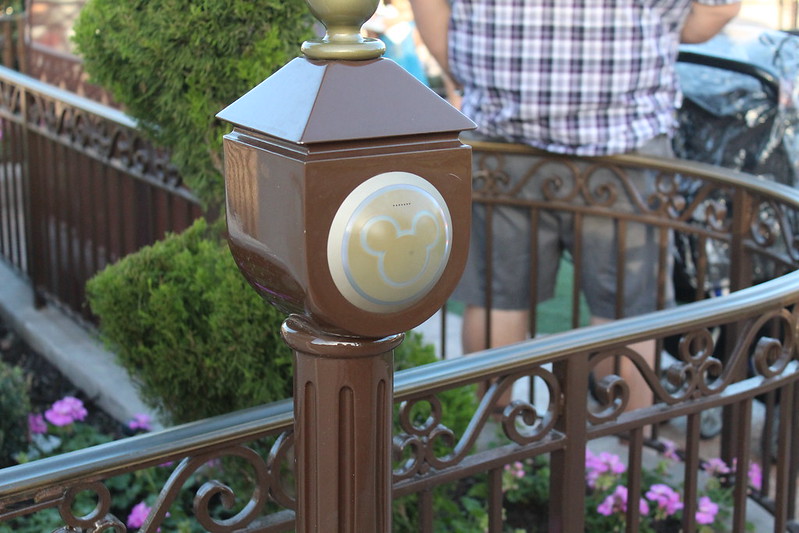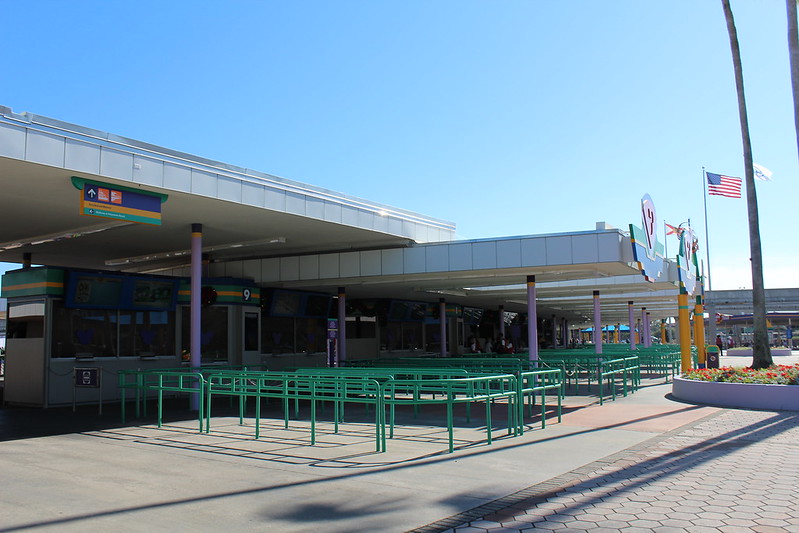What is the Point of Fastpass?

When Fastpass first launched at the Disney Parks over 20 years ago, it was hard to grasp how it was possible. Even more than that, it was so absurd to think that the service was free that many guests opted not to use it, thinking it was somehow too good to be true. But, the underlying system made a lot of sense: Instead of waiting in line, you stood in line virtually – returning at the same time to ride as you would have, if you had stood in the standby line.
That was, at least, the theory. In practice, the existence of FastPass slowly changed guest behavior over time. As awareness of it spread, guests would enter the parks and head straight for a ride not to ride it, but instead to get a FastPass for it. Return times would quickly balloon, and popular rides would see distribution completed by early afternoon. FastPass changed guest habits, and warped how the system was supposed to function.
So, when the company revamped the system in the middle of the last decade, the goal was to more evenly spread guest wait times out throughout the day. However, the resulting system has created a kind of chaos for most guests visiting the Disney Parks. Tier systems, ride exclusions, and different systems overlapping make a trip to the Parks more akin to doing your taxes than planning a vacation. Not only do you need to book your FastPass+ reservation months in advance, but you also can only do so for certain rides. Once you’re in the park, you can also book a separate boarding group for some rides, or run to a queue for another ride. In all, the simple concept of “waiting in line” is more confusing than ever before.
What is the point of all of this? Originally, the goal of FastPass was to reduce idle time and let guests use that time instead for other pursuits. Sure, standby queue waits increased slightly, but it was worth it because guests liked being able to skip the line on occasion. Modern FastPass+, however, seems to have altered this calculus. Guests now often wind up with FastPass+ reservations for rides they don’t need them for, and end up waiting much, much longer than they should be for other headliner rides.
Disney has always been a place where research and expert knowledge help, but the gap between a first-time neophyte and a seasoned vet has never been higher, and that’s an operations failure.
Increasing Ticket Prices

I know, I know. It’s simple supply and demand: If the parks are too crowded, Disney should increase ticket prices to reduce demand. And, to some extent, it has worked.
But there is a downside to this proposition, and it’s the simple fact that when someone pays a high cost for something, they expect it to be worth that increased cost. Now, with the preceding operational issues, it’s not hard to walk away feeling like you’re paying a lot more than you used to but you’re getting a whole lot less.
Operations aren’t just there to increase efficiency for efficiency’s sake. They exist so that guests can feel like they’re having a good time and getting their money’s worth. That, in turn, makes them want to come back again and again and tell their friends to do the same. Disney is generational; we enjoy its movies and parks, and we teach our kids and loved ones to do the same. There’s a reason children today know who Simba or Ariel is, and it isn’t the new live action films.
As long as Disney is asking guests to pay top dollar for access to its parks, it needs to provide a top dollar experience. This is, of course, Apple’s model – one of the few companies that outscales even Disney. Disney is trying to replicate that model of luxury goods at luxury prices, but what it doesn’t understand is that you cannot cut back on areas that guests or customers engage with directly. If a MacBook were confusing to operate, or if it constantly needed to get fixed, or if you kept having to pay more and more to use it at certain times of the day, Apple would be worth a fraction of what it is today. Disney, unlike Apple, can weaponize nostalgia, but nostalgia only works when you have something to be nostalgic about. When you’ve priced out so many people, there’s a lot less nostalgia to go around.
Operations are the most important infrastructural part of Walt Disney World, and they have noticeably declined over the last several years. Now, the man responsible for those operations has been elevated to the highest role in the company. The effect that will have cannot be known today. For now, we wait.
And we can’t get a FastPass+.

Add new comment